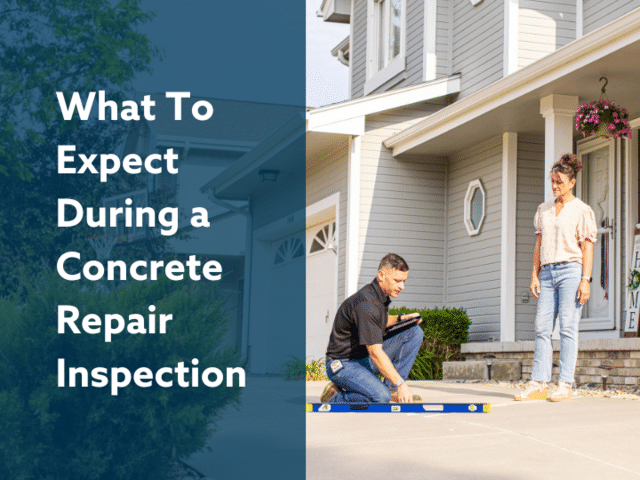Foundation Push Piers - Stabilize Your Settling Foundation
Have you been noticing some unexplained drywall cracks? Possibly doors or window that does not want to close or latch properly anymore? How about uneven floors or just some unsightly foundation cracks? Then you may be experiencing foundation settlement in your home. People often ask me, "all homes settle, don't they?"
Well, the truth is, even if that were to be accurate, it's differential settlement, or when a home settles at different rates, that causes these types of damage. Settlement occurs because the soil that is supposed to be supporting your home is no longer stable. Extreme changes in moisture content can often lead to settlement problems. Droughts can dry out our supporting clay soil, causing it to shrink and create voids under your foundation. Oversaturated soils can also become too soft to hold the weight of your home. Erosion and poorly compacted soil under the foundation only add to the things that can cause our homes to settle. There are a few different solutions that can be attempted to fix the problem at hand.
Some may resort to foundation replacement. This solution is often the most expensive and doesn't even address the issue of soil that caused the foundation to fail in the first place. A better option could be concrete piers, but the blunt concrete cylinders can't reach load-bearing strata, requiring shimming as the home continues to settle. A good option could be screw-driven helical piers, but these are much better served for lighter structures. If you're looking for permanent stabilization, then Supportworks' patented push piers installed by Thrasher is your solution. Push piers will support your foundation by bypassing the unstable soil to rest your home on bedrock, a layer of the earth not affected by the same things the problem soil has been affected by. Depending on your location, this could be as low as thirty feet, or it can exceed over one hundred feet below your home! The first step in permanently stabilizing your home is to access its footing. This can be accomplished on the inside by removing small sections of the basement slab where the push piers will be installed. Or outside by excavating a few feet of soil along the outside of your foundation down to the footing. Next, our highly trained crews will attach the required number of pier brackets to the footing at the appropriate spacing determined by our engineer's load calculator. The load calculator determines this spacing by taking into account several factors specific to your home. These factors include the type of wall covering and roofing material and how many stories to help determine an idea on the weight of your home. The foundation type and height, along with footing size, are also taken into account to understand how the house's weight is distributed. Lastly, soil condition and height adds additional weight the load calculator has to factor in.
Galvanized steel tube sections can now be hydraulically driven through the brackets down to load-bearing strata or bedrock. Galvanization is the process of adding a zinc coating to steel to prevent rust and corrosion. This ensures that there will be no loss of performance even years after install. To protect the piers from bending, Supportworks push piers also utilizes a protective sleeve just below the pier bracket, where bending forces are the greatest. To help eliminate friction between the pier and the soil, Thrasher uses a patented collar at the end of the first pier to create just a little bit of space as the piers are being pushed to load-bearing strata. This helps to ensure we are reaching maximum depth to support your home. Now that all the piers have reached bedrock, they can be secured to the pier brackets. Your home is now permanently stabilized! Often, the settled area of the house can also be lifted, sometimes to its original level state, and possibly closing up cracks in your home's foundation or brick as well. The lifting procedure is only done by a highly qualified team lead that will walk you through the entire process as they are taking careful measurements and checking floors, doorways and windows for level. Once the team lead determines that additional lifting is no longer beneficial, they will stop at that point to prevent further damage to the home. Now that your home is in its new permanent elevation, our crew will benchmark your foundation. This will allow the Thrasher service team to come back year after year, or as desired, to ensure that we are backing our warranty. If you want a permanent solution from a company that will support their work with a 25-year warranty, then call today and schedule a free consultation with one of our System Design Specialists.
Foundation push piers are rugged steel tube sections that are hydraulically driven foundation brackets to reach the load-bearing strata. The weight of your home is then transferred from the original, unstable soils, through the piers, to the bedrock.
Article Categories:




